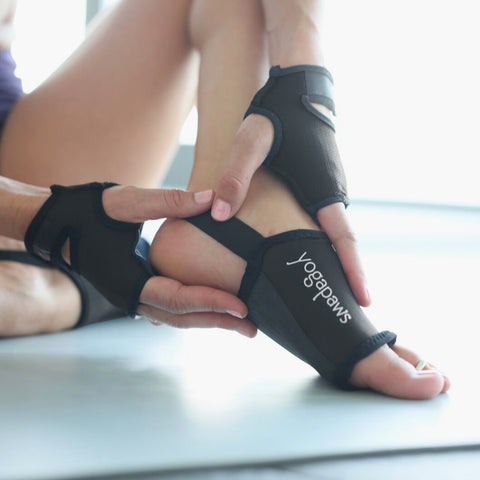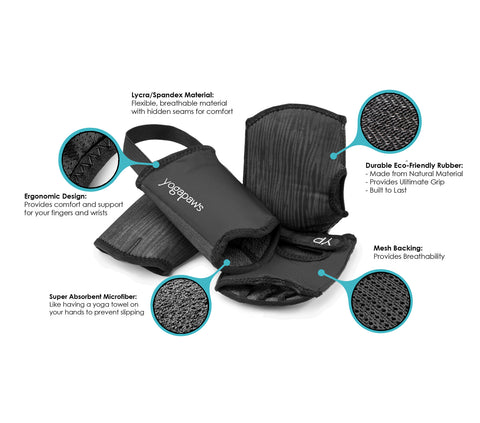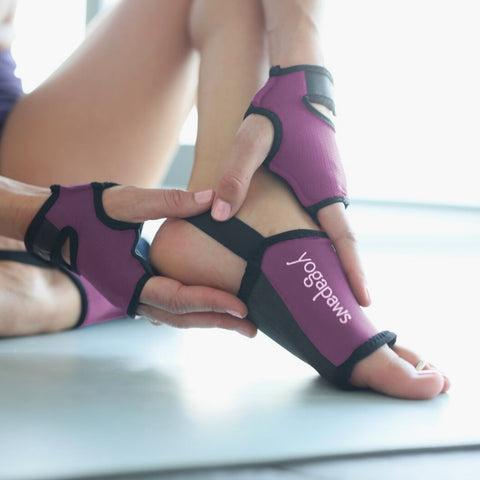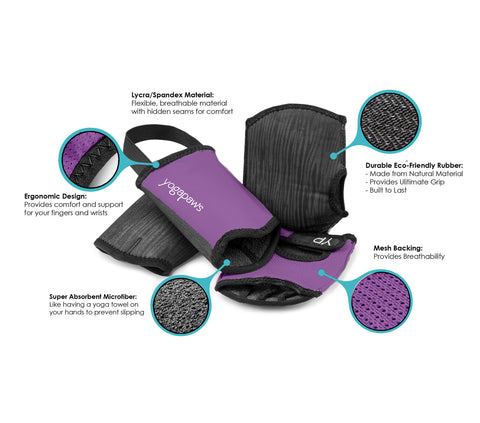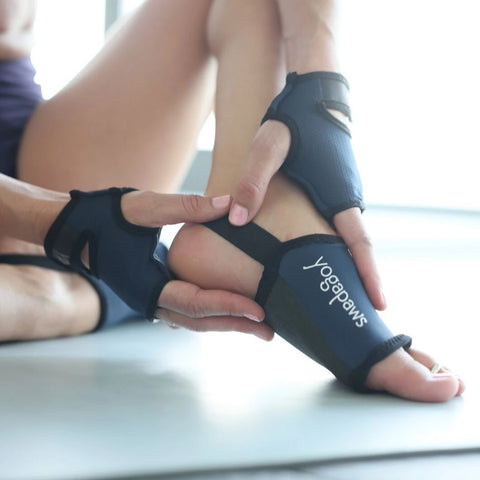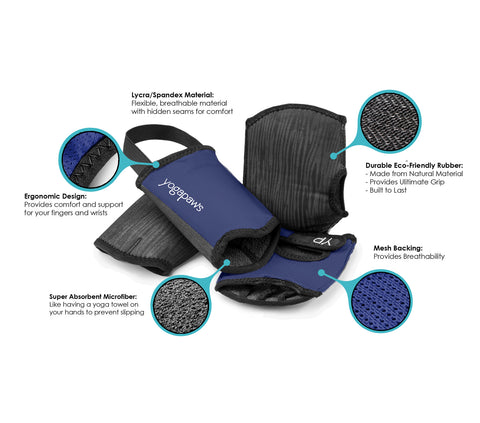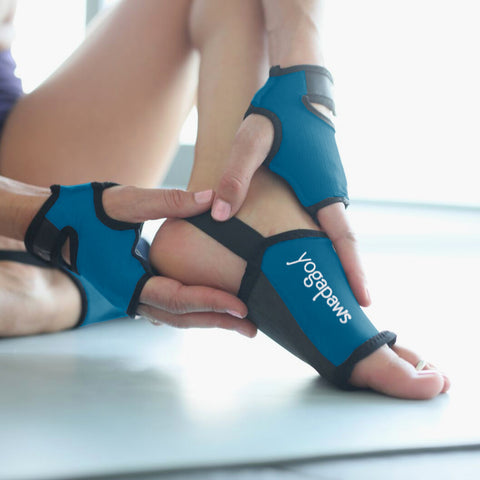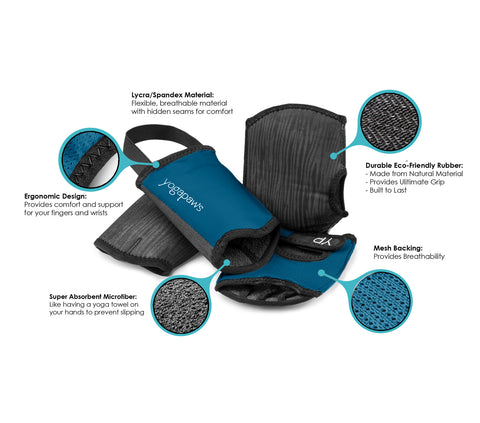Posted on November 24 2017

There are seven chakras, or energy centers, in the body that become blocked by longheld tension and low self-esteem. But practicing poses that correspond to each chakra can release these blocks and clear the path to higher consciousness. The chakra system provides a theoretical base for fine-tuning our yoga practice to suit our unique personality and circumstances.
Traditionally, Indians saw the body as containing seven main chakras, arranged vertically from the base of the spine to the top of the head. Chakra is the Sanskrit word for wheel, and these "wheels" were thought of as spinning vortexes of energy. Each chakra is associated with particular functions within the body and with specific life issues and the way we handle them, both inside ourselves and in our interactions with the world.
There are many yoga poses that can correct chakra imbalances, bringing us back to our body and the earth and helping us experience safety, security, and stillness. Starting at the bottom, or "root" Chakra...
|
|
 Muladhara (Root) Chakra Yoga Posture: Supta Baddha Konasana (Reclining Bound Angle Pose) Benefits: Release and the root chakra to balance, frees energy flow in pelvic area, increases vitality in digestive organs, quiets the mind, stretches inner thighs and opens the groin |
|
|
Yoga Posture: Gomukhasana (Cow Face Pose) Benefits: Stretches the ankles, hips and thighs, shoulders, armpits and triceps, and chest. Balances second chakra.
|
|
|
Yoga Posture: Dhanurasurana (Bow Pose) Benefits: Increases strength and flexibility along the entire length of the spine. Balances third chakra. |
|
|
The fourth is the balance point, integrating the world of matter (the lower three chakras) with the world of spirit (the upper three chakras). Through the heart chakra, we open to and connect with harmony and peace. Yoga Posture: Cobra Pose (Bhujangasana) Benefits: Opens the chest, allowing deeper breathing. Helps to balance the heart chakra. |
|
|
Yoga Posture: Camel Pose - Ustrasana Benefits: Stretches the front of the body including the chest, abdomen, and quadriceps. Improves spinal flexibility. |
|
|
Meditation: Sit upright, holding the neck and head like a soldier at attention. Take 5 deep breaths. This sends oxygen into your bloodstream and relaxes you. Look at the third eye area, in the middle of your forehead and just above your eyebrows. You will rest your hands in a comfortable position such as upon your knees. Remain as still as you possibly can. Inhale deeply while beginning to chant in a steady, slow soft voice the OM mantra, pronounced AUM. For an entire exhalation, the one single chant of OM (AUM) is sounded Benefits: Guidance and inspiration, enhancement of awareness, improvement of health and well being |
|
|
Sahasrara (Crown) Chakra The seventh chakra is located at the crown of the head and serves as the crown of the chakra system, symbolizing the highest state of enlightenment and facilitating our spiritual development. The seventh chakra is like a halo atop the head. In art, Christ is often depicted with a golden light surrounding his head, and the Buddha is shown with a lofty projection on the top of his head. In both cases, these images represent the awakened spirituality of the Sahasrara Chakra. |



 Svadisthana (Sacral) Chakra
Svadisthana (Sacral) Chakra
 Manipura (Solar) Chakra
Manipura (Solar) Chakra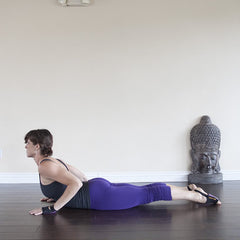
 Anahata (Heart) Chakra
Anahata (Heart) Chakra
 Visuddha (Throat) Chakra
Visuddha (Throat) Chakra
 Ajna (Third Eye) Chakra
Ajna (Third Eye) Chakra
